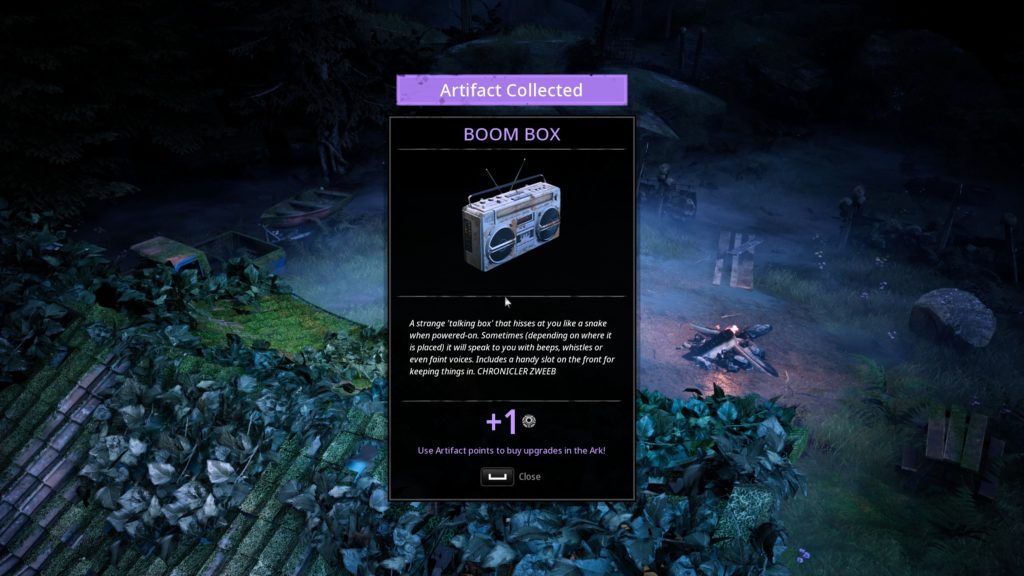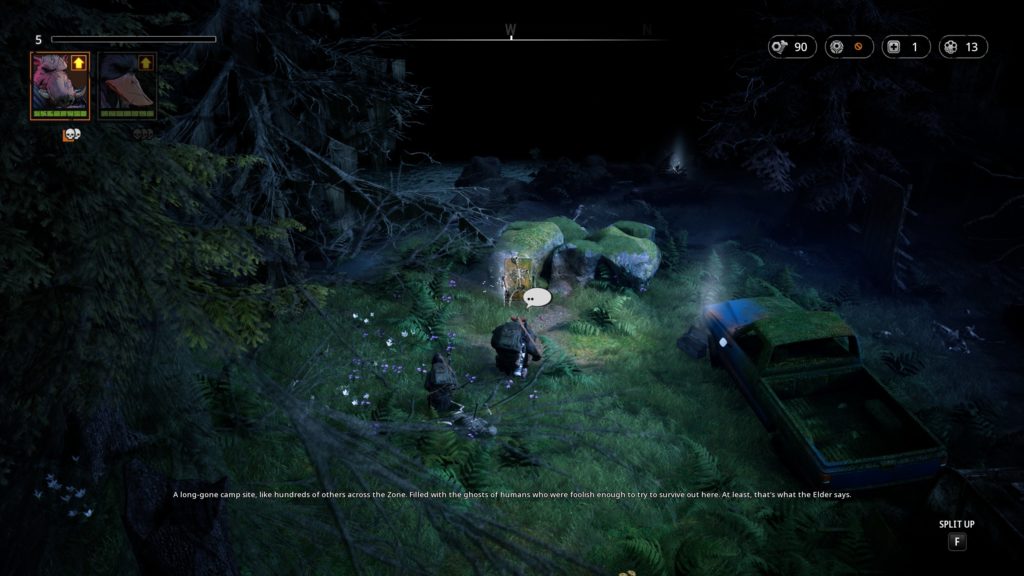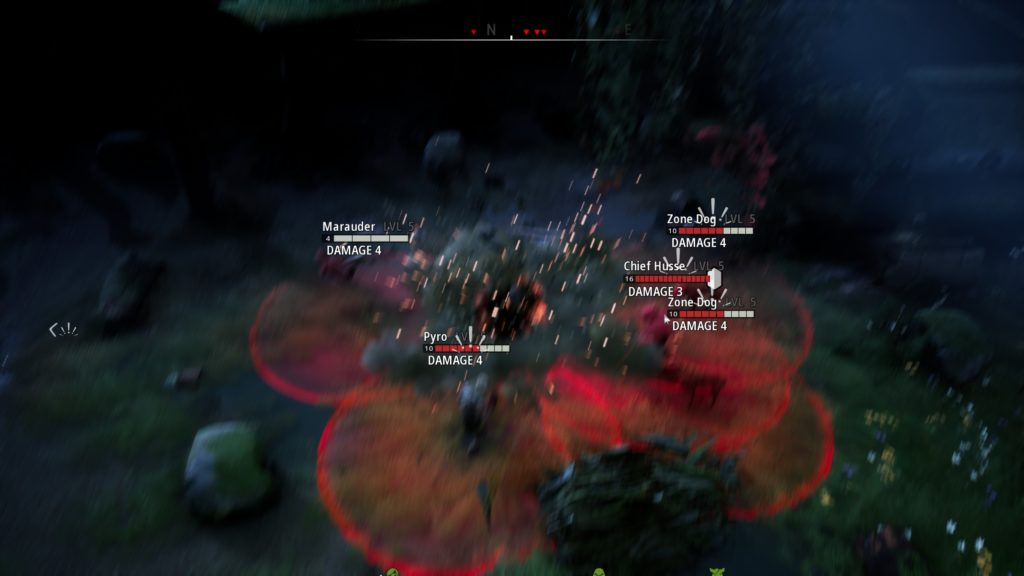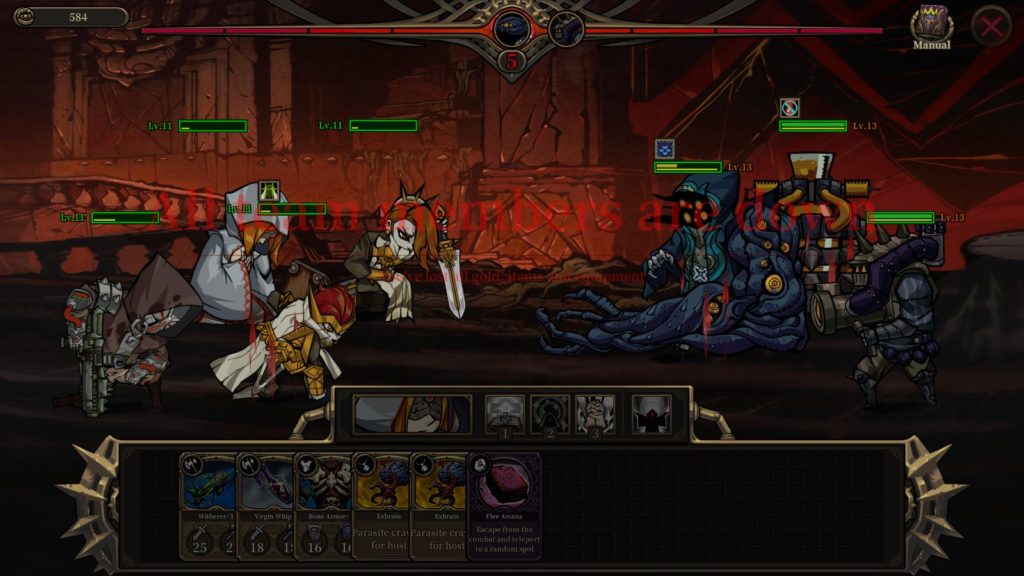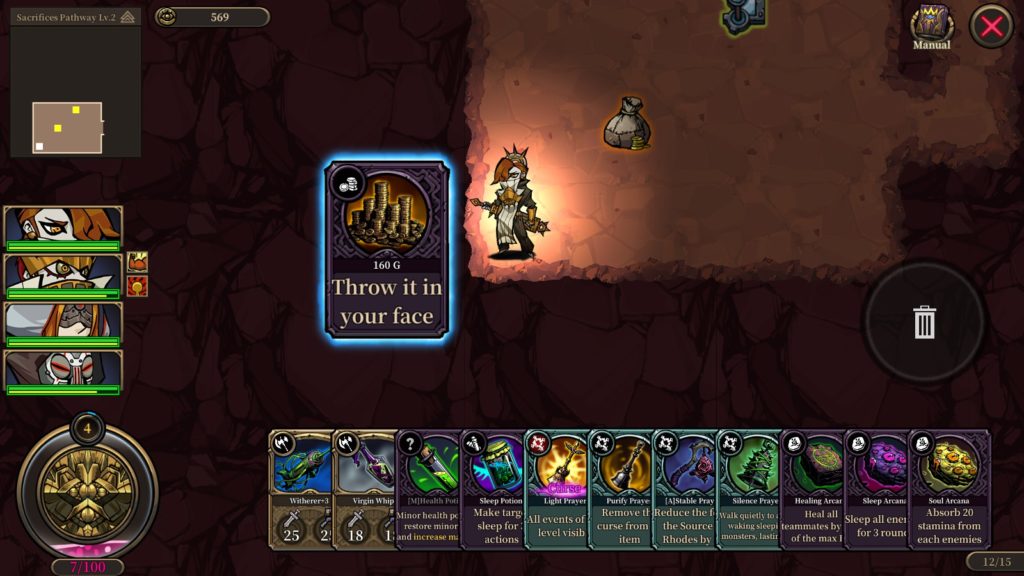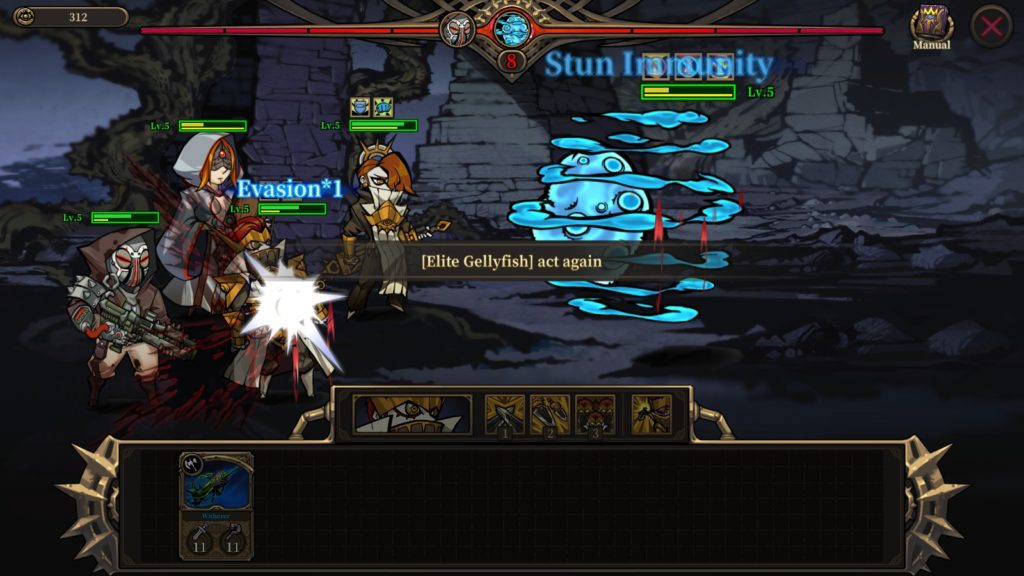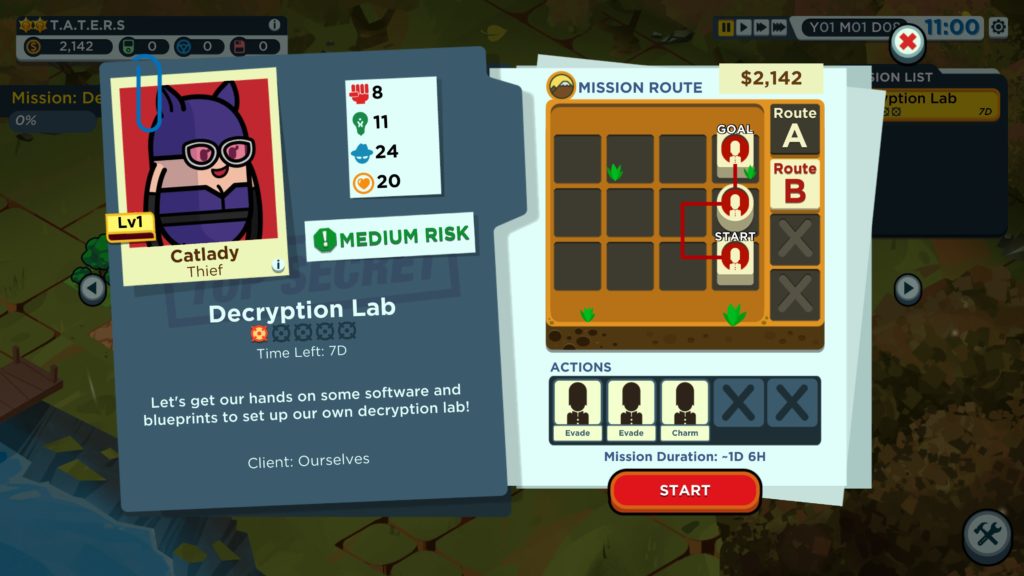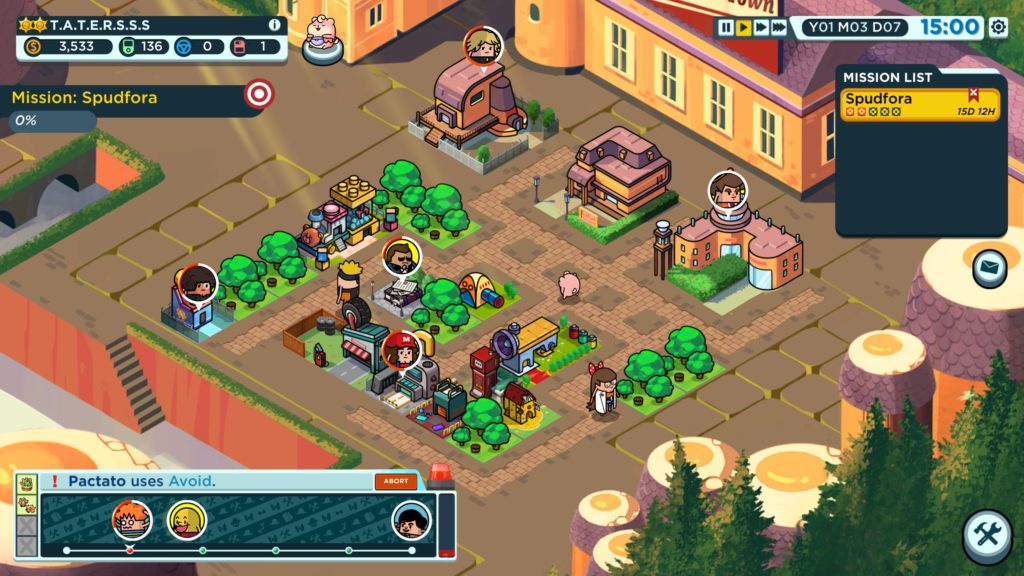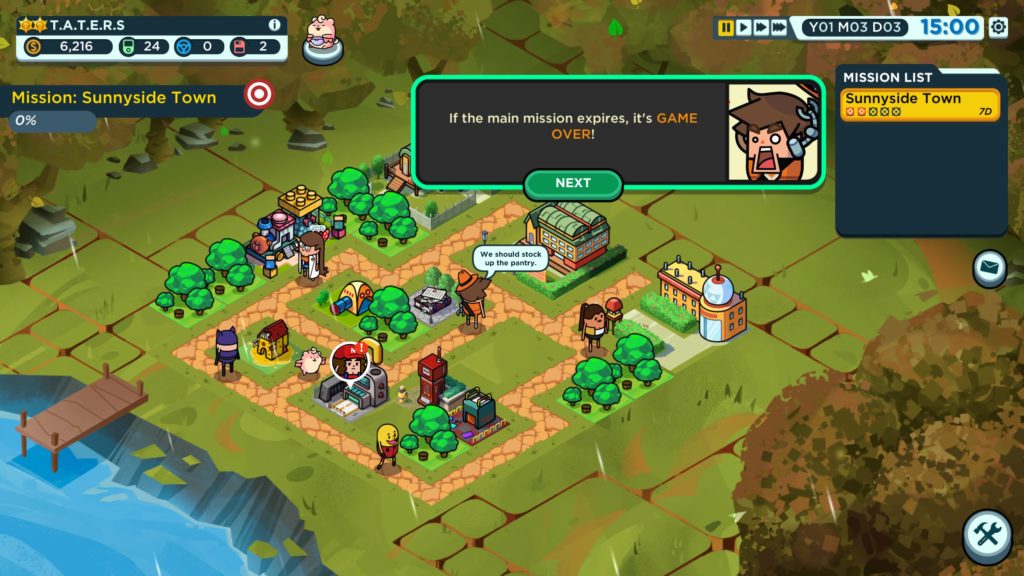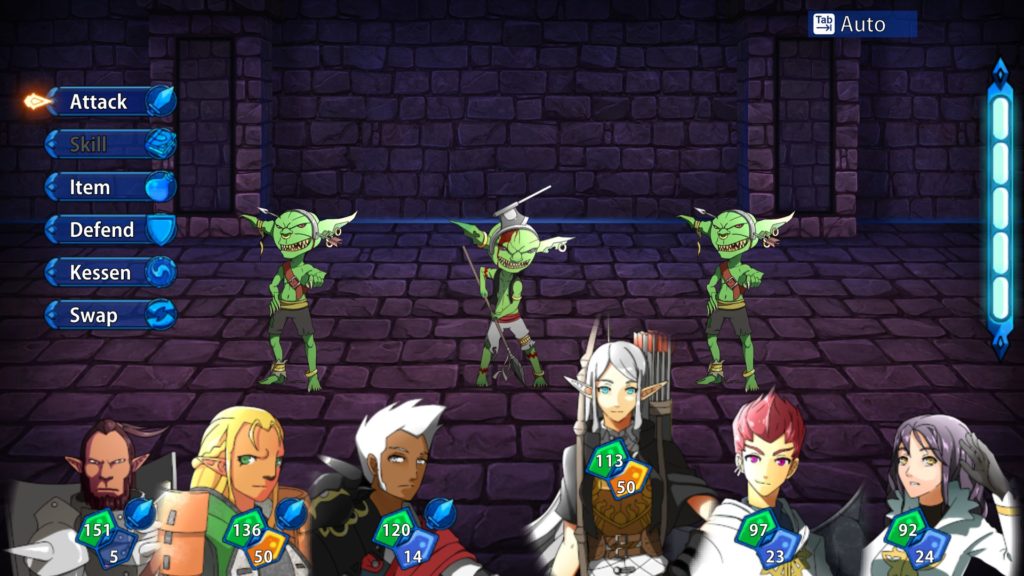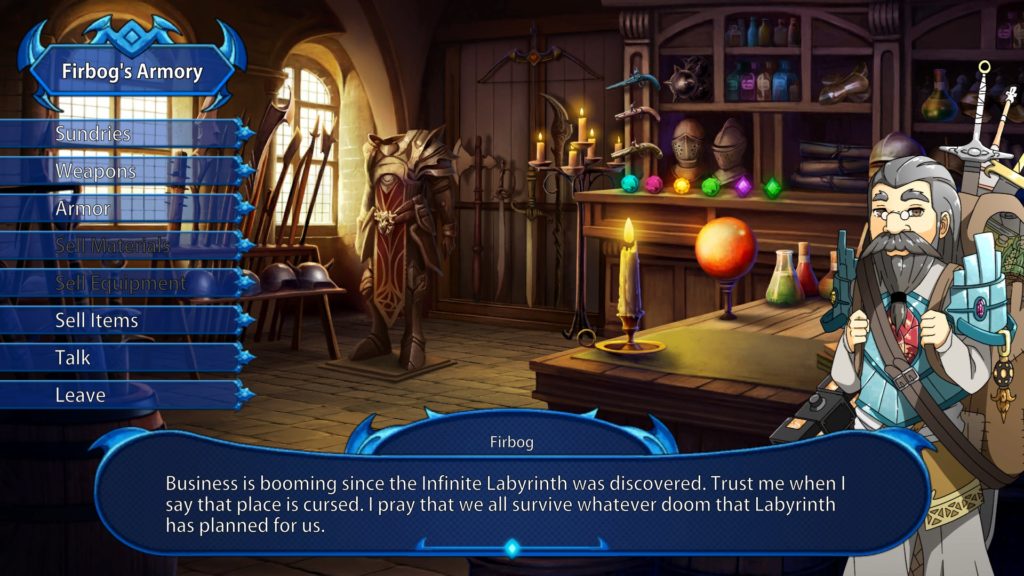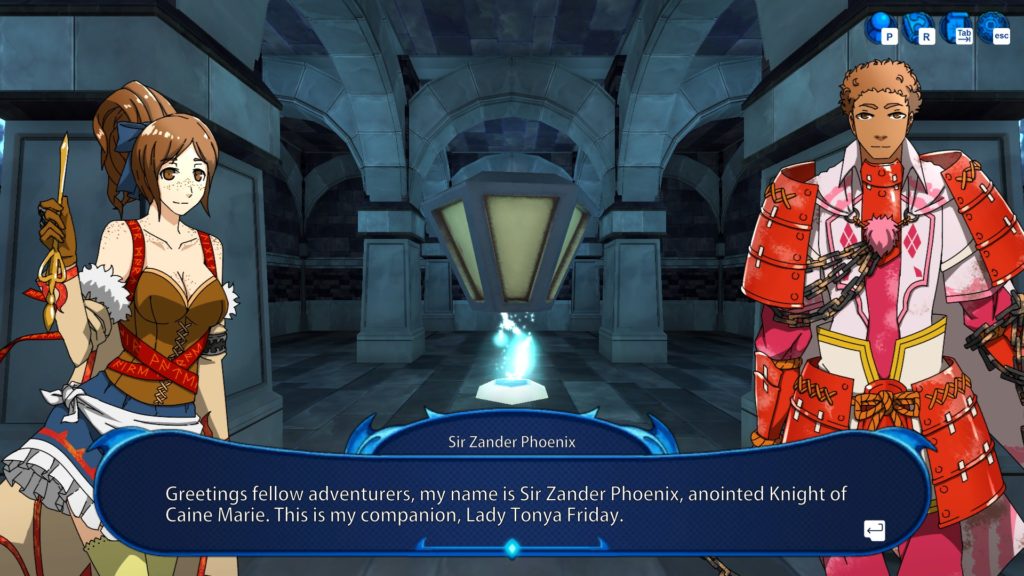Project Warlock (Review)
Source: Cashmoneys
Price: £10
Where To Get It: Steam
Project Warlock, a retro styled first person shooter, is a game where my biggest criticism, after consideration, is its first level. Beyond that, it gets more reasonable, but its first level… Well, we’ll get to that.
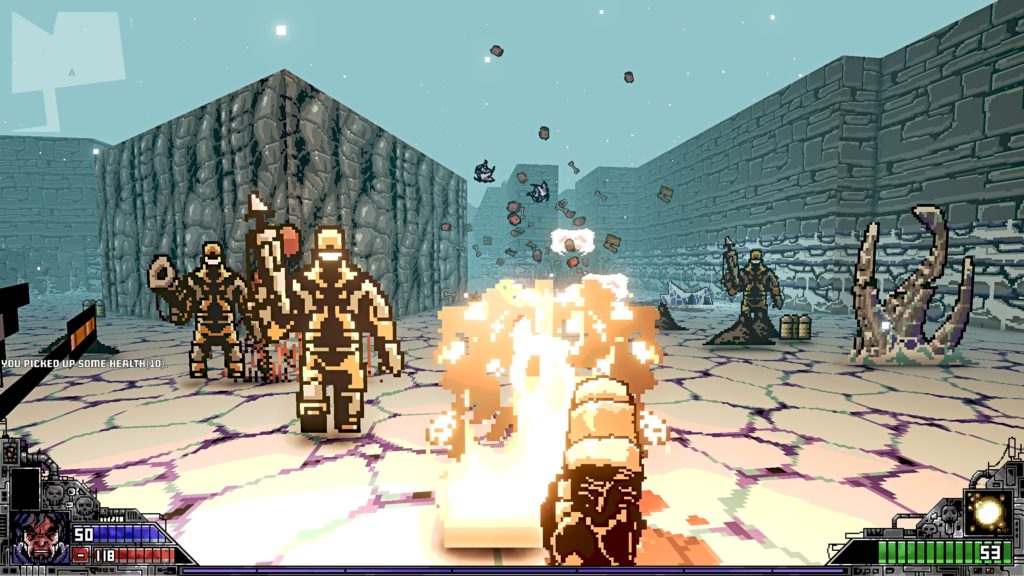
In the retro stylings corner, we have pixellated enemies, deliberately low-resolution wall textures, and an in-game UI that wouldn’t look out of place in an early Doom clone, and difficulty settings where only the “Casual” equivalent has infinite lives. On the modern end, we’ve got a menu that looks decent-ish (if busy), some good painted art on the loading screens and title, mouselook, RPG styled between-level mechanics, and interesting weapon quirks. For example, the axe can, if you GIT GUD (or lucky) bat projectiles back at an enemy.
Equally, though, the retro stylings also mean that there are monster closets and enemy spawns in cleared areas at fixed points, and it’s around here where we talk about how the first level gives you such a taste of what you’re in for that it’s actually kind of off putting.
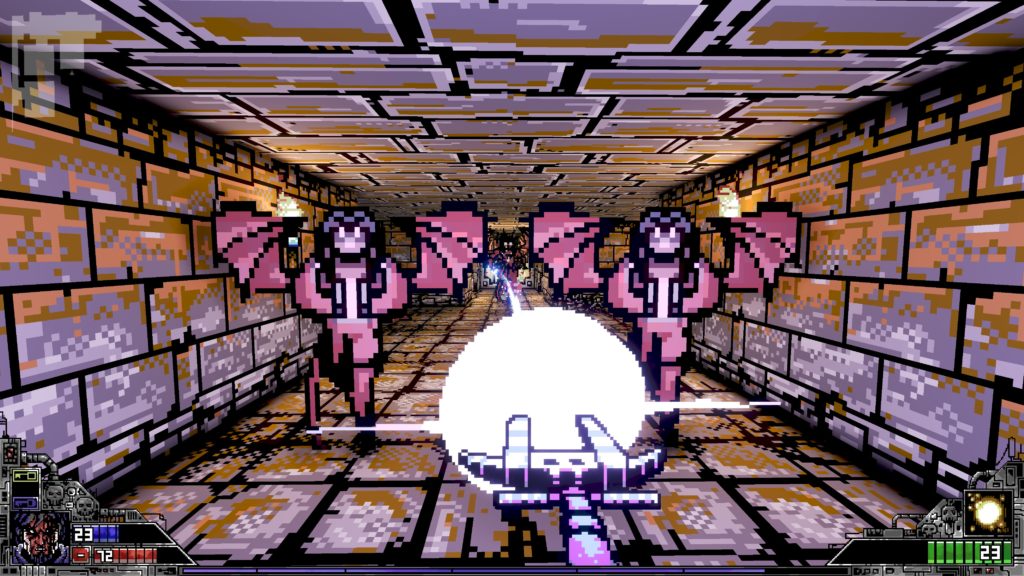
Starts fine, but in very short order, you’re dropped into a pit into a small room filled with enemies. Then you get a key, only to be ambushed by several enemies. Then a weapon, where you’re ambushed again, then a lift, where you’re frontally ambushed in a tight corridor by two big fellers who have large tower shields (requiring good aim, good “getting past enemies who really want to hem you in and smack you with aforementioned shields” skills, or… ???) and their ranged support. Funnily enough, later levels actually ease off on this, although some retro game annoyances do occur from time to time (Such as picking up dynamite from a random drop immediately before being ambushed in a corridor. Hope you noticed you just picked up the dynamite, or you are very, very dead.)
A large difficulty spike in the first actual level is, perhaps, not the best of difficulty spikes to have. But, as noted, once past that first level, the power curve very rapidly catches up, especially if you’re getting the secrets, which tend to come in two varieties: Walls that look different and can be opened, and walls that don’t necessarily look that different until you shoot them, at which point they’re revealed to be walls that take a fair bit of shooting to open up. Each weapon has two possible upgrades, stats get upgraded, skills get upgraded… And there are spells. But, of course, unless you’re doing particularly well, you don’t get to play with all of those, and the first, the Light spell… Is very similar to the original Doom 3 flashlight, in that you can’t use it and a weapon. So, er… Good luck in dark, confined areas?
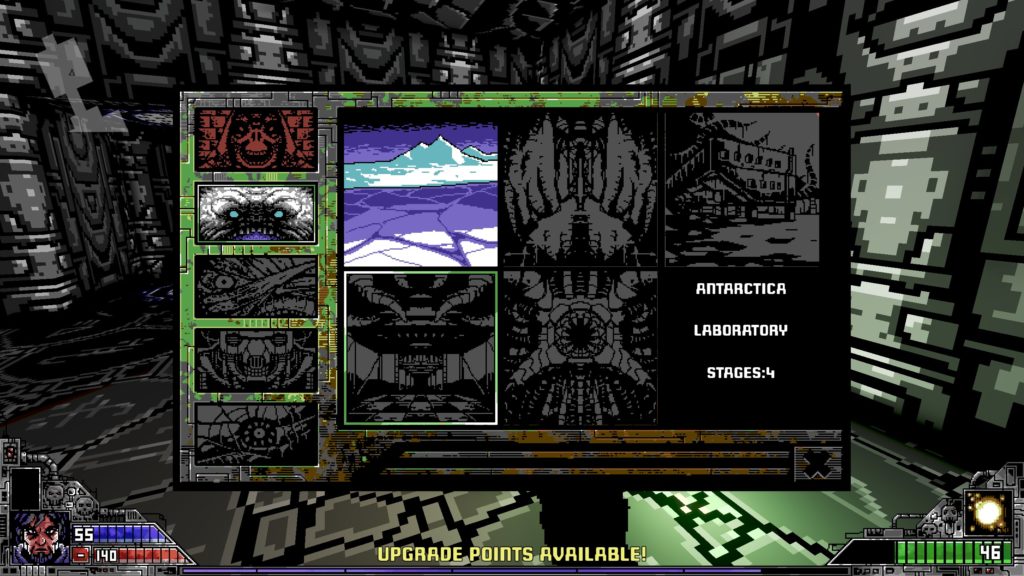
Finally, we have the fact that you have to get through a certain number of levels in a row before clearing a “stage.” This seems to be, at worst, 4 levels in a row. Die, you lose a life. Leave to the workshop before you’re done, lose a life. As noted, only on the lowest difficulty setting do you have infinite lives. In medium difficulty, you have three, with pickups very sparsely scattered around. At the highest difficulty… Well, I hope you’re good at Doom style games.
It is not, overall, a terrible game. I’ve had some enjoyment out of it, now that I’ve gotten over some of its biggest hurdles. But that was on the lowest difficulty, with the full awareness that I’d have eaten about twelve game overs, four of them in the first level of the first episode, and I have to conclude that this game is too much in love with its difficulty-as-feature. Its modern additions don’t really feel all that much of a boon, and, as such, I can’t, personally, really recommend Project Warlock to many folks.
The Mad Welshman is no stranger to Monster Closets, but, unlike shooter-protagonists, he likes them firmly closed.


